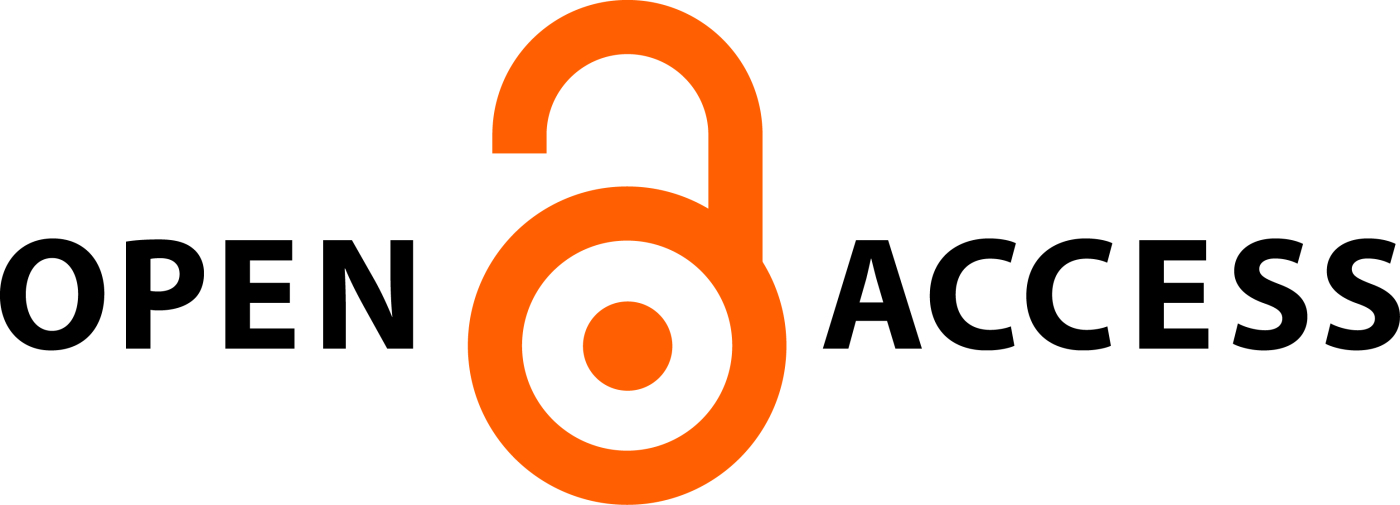Effect of Contemporary Root Canal Obturation Materials on the Structural Integrity of Treated Teeth
Abstract
The structural integrity of endodontically treated teeth is significantly influenced by the type of obturation material used during root
canal therapy. This study evaluated the effect of contemporary root canal obturation materials on the fracture resistance of treated teeth.
Extracted human teeth were instrumented, obturated with different materials—conventional gutta-percha with epoxy resin sealer,
bioceramic-based sealers, and thermoplasticized systems—and subjected to mechanical testing using a universal testing machine. The
results revealed that teeth filled with bioceramic sealers demonstrated superior fracture resistance compared to those obturated with
traditional gutta-percha systems. The enhanced mechanical stability observed can be attributed to improved bonding ability and the
bioactive sealing properties of contemporary materials. The findings suggest that the selection of modern obturation systems plays
a vital role in maintaining tooth strength and preventing structural failure after endodontic treatment. This study provides valuable
insight for clinicians aiming to optimize long-term treatment outcomes through evidence-based material selection.
Downloads
All the articles published in JAPSR are distributed under a creative commons license (CC BY-NC-SA 4.0)
Under this license, you are free to:
- Share- copy and redistribute the material in any medium or format for any purpose, even commercially.
- Adapt- remix, transform, and build upon the material for any purpose, even commercially.
The licensor cannot revoke these freedoms as long as you follow the license terms.
- Attribution — You must give appropriate credit , provide a link to the license, and indicate if changes were made . You may do so in any reasonable manner, but not in any way that suggests the licensor endorses you or your use.
- NonCommercial — You may not use the material for commercial purposes .
- ShareAlike — If you remix, transform, or build upon the material, you must distribute your contributions under the same license as the original.
- No additional restrictions — You may not apply legal terms or technological measures that legally restrict others from doing anything the license permits.
Copyright policy
The journal allows the author(s) to hold the copyright of their work. That means the authors do not need to transfer the copyright of their work to the journal. However, the authors grant JAPSR a license to publish the article and identify itself as the original publisher.
Licensing policy
The journal allows the author(s) to hold the copyright of their work. That means the authors do not need to transfer the copyright of their work to the journal. However, the authors grant JAPSR a license to publish the article and identify itself as the original publisher.






